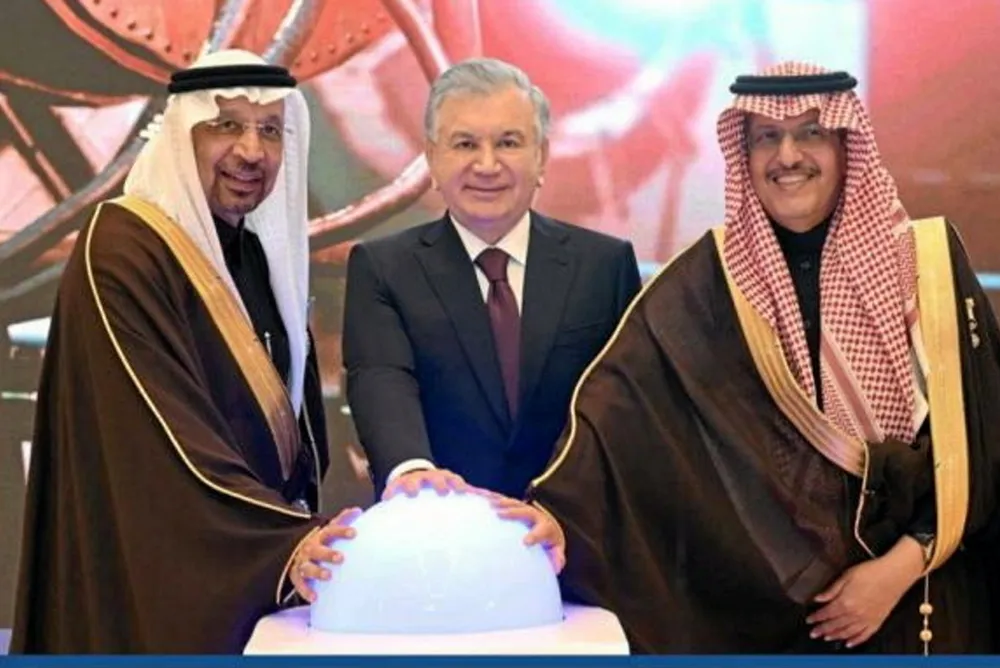Saudi developer breaks ground on first green hydrogen project in Uzbekistan
The facility in Chirchiq will provide feedstock for ammonia-based fertiliser production, while saving millions of cubic metres of fossil gas

The facility in Chirchiq will provide feedstock for ammonia-based fertiliser production, while saving millions of cubic metres of fossil gas
